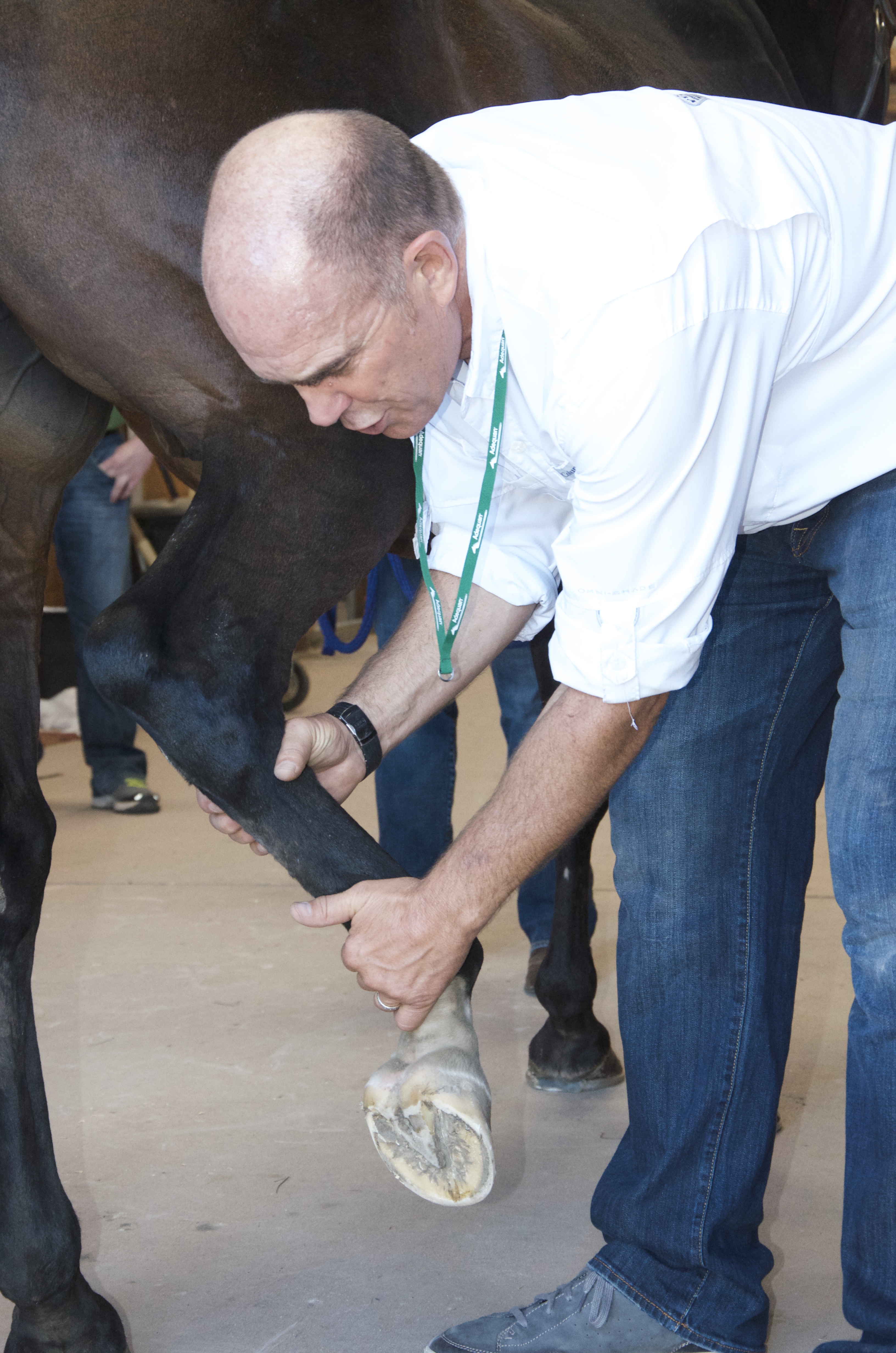External marks on a horse’s foot often give farriers the ability to evaluate the bones within the hoof capsule. Yet, when normal function doesn’t occur because of disease, a farrier must modify the shoeing process, says a California equine veterinarian. To do so, it’s important that a farrier understands the concepts of physiologic and pathologic.
.
“For the sake of this discussion, let’s take physiologic to indicate conformation, structure, function and stress level that is within the normal or expected range for good health,” Mark Silverman told attendees at the Northeast Association of Equine Practitioners Symposium in Norfolk, Va. “Along those same lines, let’s consider pathologic to indicate that one or more of these same features fall outside what is healthy or sustainable.”
The equine foot is incredibly complicated. It provides strength, stability and flexibility. Any changes to the foot can prove devastating for the horse.
“Alteration that occur to the foot,” explains the equine veterinarian and farrier at Sporthorse Veterinary Services in San Marcos, Calif., “whether through disease, injury, conformational irregularities or human intervention may have serious implications regarding the foot’s ability to cope with the rigors of day-to-day work.”







Post a comment
Report Abusive Comment